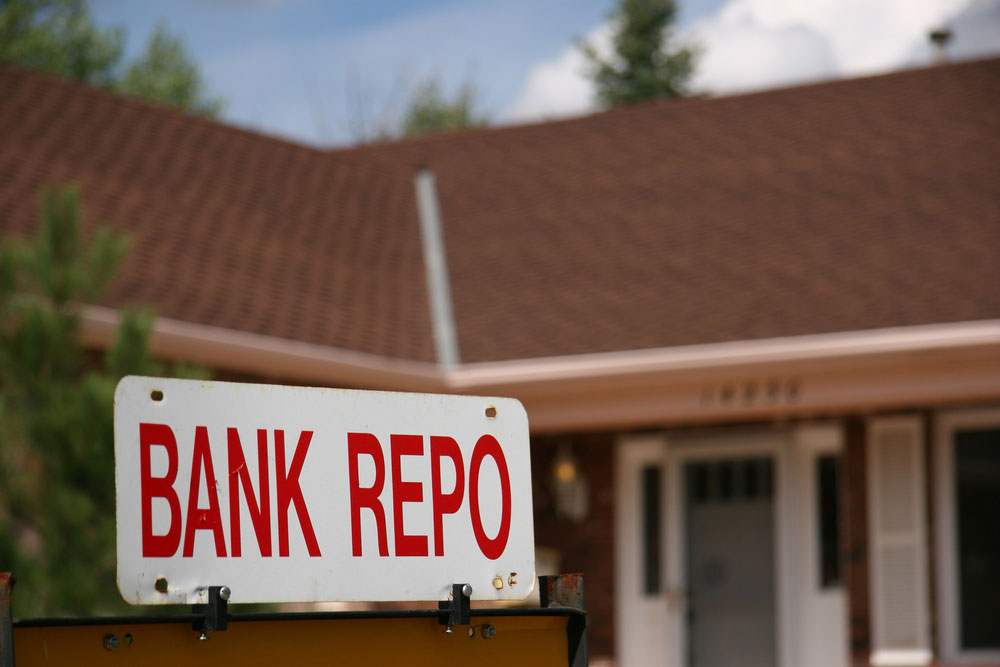A flurry of public sector banks have announced loan products linked to the repo rate. The repo rate is the policy lending rate at which commercial banks borrow from the Reserve Bank of India. The repo rate, therefore, provides the basis for commercial deposit and lending interest rates in the country, thus impacting the economy as well as the common man.
The repo rate is one of the instruments through which the RBI controls inflation, calibrates growth, and manages liquidity in the economy.
Earlier this year, the State Bank of India led the way by linking their deposit rates to the repo and then recently announced a repo-linked home loan product. This was after the 2018 diktat from the RBI asking banks to do the same by April 1.
In August, several banks have finally come on board. So, the moot question remains: What does this mean for the common man?
Understanding benchmarks
Let’s first understand interest rate benchmarks. All bank loans are linked to a benchmark interest rate — the lowest rate at which a bank can lend.
Since April 1, 2016, all bank loans were linked to the MCLR (marginal cost of funds-based lending rate). For example, the SBI has a one-year MCLR of 8.25 per cent upon which it will apply a credit spread which is calibrated by such parameters as the amount borrowed and the borrower’s credit score.
The lowest home loan rate from the SBI is MCLR + 10 basis points (8.35 per cent in August).
Before MCLR, we had the base rate regime. The base rate, as well as the MCLR, are internal benchmarks that gave banks control over retail loan interest rates.
In 2018, the RBI said that banks had to link to loans to an external benchmark such as the repo rate or the treasury bill yield. Of those options, the industry has shown a preference for the repo rate.
Why was this done?
Just as with the MCLR earlier, the RBI favours better transmission of interest rate cuts to the common man.
In January 2019, the repo rate stood at 6.50 per cent. After four successive cuts (in February, April, June and August), it has climbed down to 5.40 per cent, the lowest since 2010. However, loan rates haven’t fallen at a similar pace.
For example, SBI’s lowest home loan rate in January 2019 was 8.75 per cent. By July, it was reduced by just 0.40 per cent to 8.35 per cent.
The RBI had earlier moved to the MCLR to hasten rate transmission. While the MCLR ensured that loan rates were automatically revised at fixed intervals (such as once in six months), it didn’t satisfy the RBI in terms of transmission of rate cuts.
Repo benchmarks can help
Let us take the example of SBI’s repo-linked home loan. The SBI has announced a benchmark — the Repo Linked Lending Rate — with which it has created a new home loan product.
The RLLR is linked to the repo rate. The lowest RLLR-linked home loan rate advertised on the SBI website is RLLR plus a spread of 40 basis points, which currently translates to an interest rate of 8.40 per cent.
The spread is to remain constant through the loan tenure, unless there’s a change in the borrower’s credit risk profile. ‘
The RLLR is currently at 225 basis points above the repo rate, i.e., 5.75 per cent plus 2.25 per cent. But here’s how consumers stand to gain.
The RLLR is set to be revised at the end of every month there’s a repo rate revision. So, since the repo rate was revised to 5.40 per cent in August, the RLLR should reset to 5.40 per cent + 2.25 per cent or 7.75 per cent.
Therefore, consumers who have bought this loan at 8.40 per cent can expect their rate to fall to 8.05 per cent, making theirs the cheapest home loan in the market today.
Effect on EMI
If you had borrowed Rs 50 lakh for 20 years at 8.40 per cent, your EMI would be Rs 43,075, and your total interest over 20 years would be Rs 53.38 lakh. However, at 8.05 per cent, your EMI becomes Rs 41,978 and your total interest falls to Rs 50.74 lakh. Therefore, the benefits of lower rates are almost immediate.
Your options now
Apart from the SBI, a handful of public sector banks such as Bank of Baroda, Allahabad Bank, Syndicate Bank and Union Bank have announced their intentions to launch repo-linked loans. These are works in progress.
However, no private sector bank has joined the bandwagon so far. At present, the SBI provides a repo-linked loan to those with a minimum annual gross income of Rs 6 lakh. Its tenure can be a maximum of 33 years.
The lowest rate on offer for loans up to Rs 75 lakh with a loan-to-value under 80 per cent is RLLR + 40 basis points, which currently translates to 8.40 per cent.
The loan is available only to new borrowers, but the bank has expressed an interest in linking all loans to RLLR eventually.
If you are a new loan seeker who is eligible for these new schemes, you can enjoy their benefits. If you are an existing borrower, you will have to wait a while till you are eligible for a repo-linked loan.
The writer is CEO of `BankBazaar.com`











